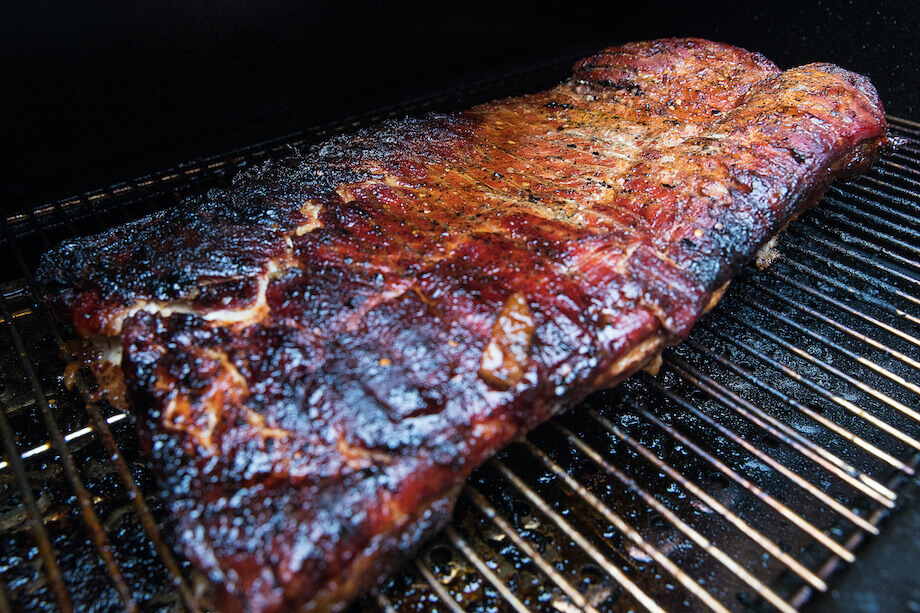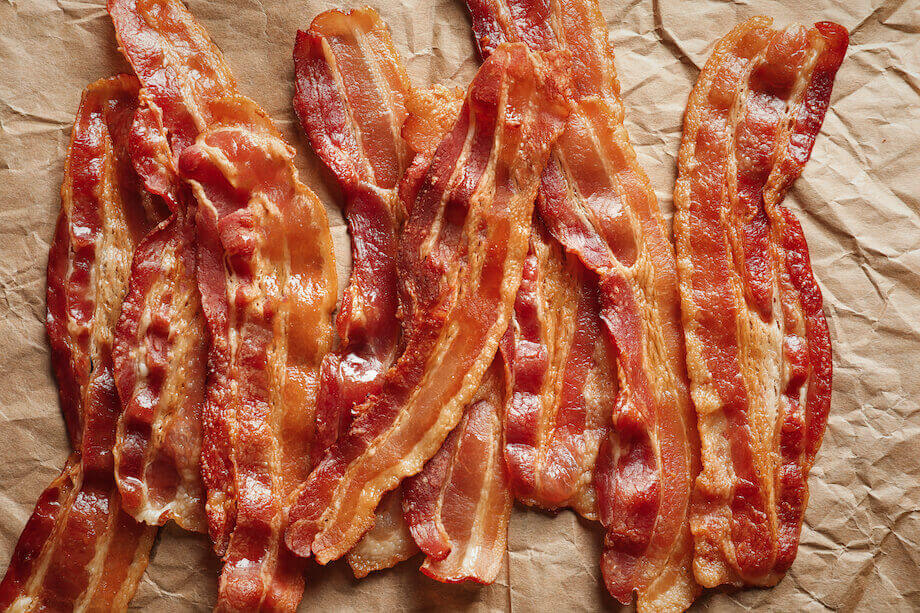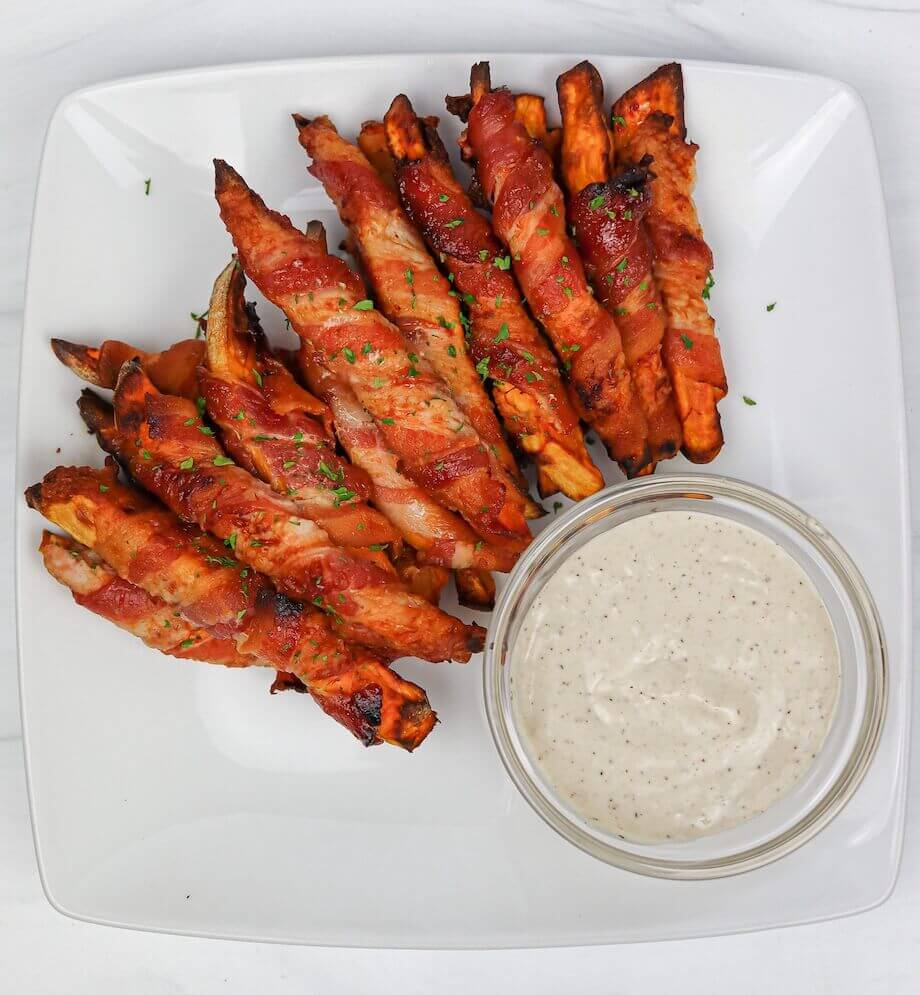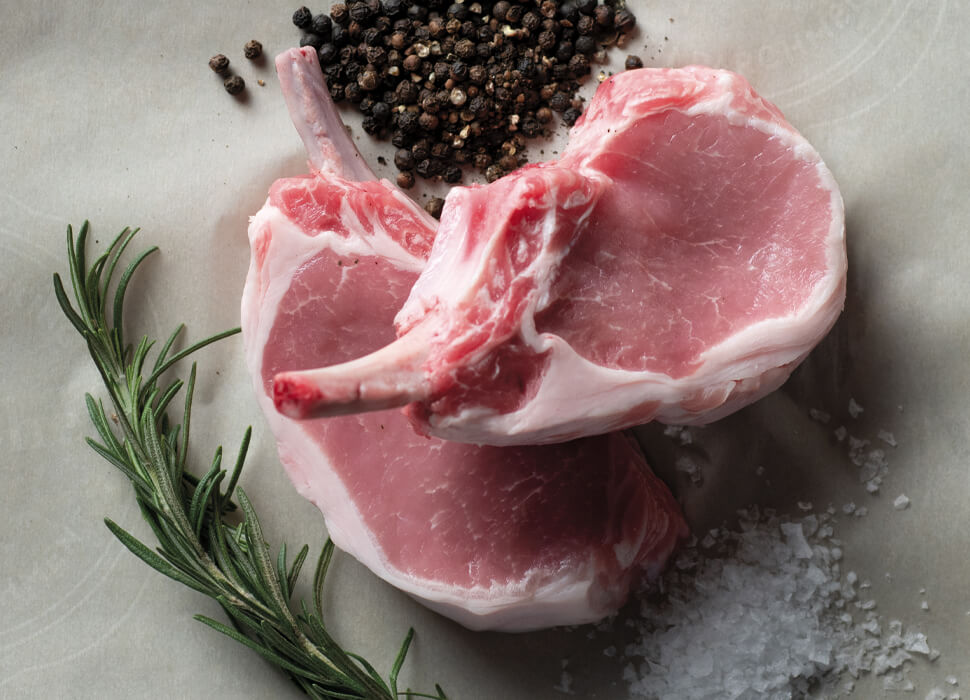If you imagine a delicious breakfast or brunch, bacon is likely to be the star ingredient. What’s not to love about thick, salty slices crisped to perfection?
Bacon certainly holds a special place in the hearts of many Americans. According to AgriLife Today, the average person in the U.S. consumes 18 pounds of bacon each year! If you also consider yourself a bacon fan, you might wonder…how exactly is it made? Let’s dive into the art of making this melt-in-your-mouth, high-protein treat.
What Is Bacon Made of?
Believe it or not, bacon isn’t made from one specific pork cut. Outside of turkey, beef, lamb, or vegan alternatives, traditional bacon comes from the pork shoulder, loin, or belly.
In the United States, the most scrumptious, flavorful bacon comes from pork belly, which yields the marbled bacon you can’t get enough of. Typically, bacon also undergoes “curing,” which involves the addition of ingredients to yield its distinct flavor profile.
How Is Bacon Made?
In general, there are a few different types of bacon-making processes: dry curing, wet curing, and uncured. Let’s take a look at all of them!
Dry Curing
The most traditional way of making bacon is through dry curing, which involves rubbing down the pork meat with seasoning and salts, which enhances the flavor and its intensity. Then, the bacon “rests” for a few weeks, which cures it. No wet ingredients are involved.
After this phase, the bacon is ready to be smoked, typically with specific types of wood chips to add another dimension of flavor, such as cherry or hickory. If bacon doesn’t enter the smoking stage, it’s usually hung out to dry for up to several months before it’s packaged for consumers. Out of all of the processes, this one takes the longest!
Wet Curing
Most bacon producers today default to wet curing when it comes to making bacon. First, a liquid brine is created with various ingredients, which could involve sodium nitrate, sugar, salt, and additional chemicals for flavor. The bacon is either left to soak in this mixture or it’s quickly injected with the brine.
After brining, the bacon can be smoked or cooked in a conventional oven, which is the final step before packaging. When buying bacon, most consumers will only come across wet-cured bacon since the process is more efficient and just all-around quicker for mass production. Although the bacon is often more tender from the brine, you can lose out on quality, plus run the risk of consuming artificial or chemical ingredients.
Uncured Bacon: The Coleman Way
At Coleman Natural, we’ve adopted the innovation of wet curing, but we’ve made the bacon-making process healthier for customers by only offering uncured bacon. Our very own Food Technologist, Robert McEwan explains that the first step is trimming and checking all pork bellies for quality control. At this point, the bellies are injected with an all-natural , curing solution that consists of brown sugar, sea salt, water, and cultured celery powder.
No antibiotics. No growth hormones. No artificial ingredients.
Now, let’s address the elephant in the room…is uncured bacon still “cured?” The answer is yes! Using natural nitrites such as celery powder or other natural ingredients like beetroot powder automatically puts bacon into the “uncured” category.
After a few hours of marinating in the curing solution, our Hickory Smoked Uncured Bacon is smoked over piping hot hickory chips and cooked to an internal temperature of 125 degrees Fahrenheit. After this, the bacon is chilled and then popped into a press to “square up”…giving the bacon that perfect shape, while also ensuring every slice is uniform. Then, it’s ready for packaging and consumption!
Different Varieties of Bacon
In a world where the demand for bacon is quite high, here are some of the most common bacon varieties you may come across:

Center Cut Bacon
If you’re on the hunt for a leaner type of bacon, center-cut bacon could be an ideal option. During the production process, this type of bacon is cut from the very “middle” of the pork belly, which is a low-fat content area. This variety might not yield as much grease as other bacon options on the market, making it a great choice for healthier recipes you might come across.
“We use probably five percent of every 80-85 percent of every belly for regular bacon. However, that unused 15% does not go to waste for us. We use it as a byproduct and make bacon bits. From a sustainability standpoint, utilizing as much of the belly as possible, even when it doesn’t go into ready-to-cook bacon slices, is extremely important to us.”
Robert McEwan, Food Technologist
Sugar-Free Bacon
As we mentioned, sugar is usually added to the brine. But if you’re looking to reduce your sugar intake, or simply lead a sugar-free diet, there is an option for you!
Our Sugar-Free Applewood Smoked Uncured Bacon is smoked over applewood chips, which naturally imparts a touch of sweetness. It’s still soaked in the same all-natural brine, which makes it a particularly healthy selection—also perfect if you’re following a keto or paleo diet.
Canadian Bacon
Canadian bacon is known to be a leaner type of bacon that comes from the pork loin. With the texture, look, and feel of traditional ham, Canadian bacon is more common in the U.K. and is often consumed during breakfast hour in some type of an egg scramble or omelet.
Like our uncured bacon slices, our Uncured Canadian Bacon is made from pork loin cured in all-natural brine that includes water, sea salt, turbinado sugar, and cultured celery powder. After brining, it’s hardwood smoked over real applewood and then conveniently sliced to consume.
Thick Cut Bacon
The most detectable difference between various types of bacon you find at the store is the thickness of the slices. Although there’s no hard set rule on bacon thickness, you’ll notice thin, regular slices, and thick slices that are almost double in size. Thick cut bacon works best if you’re making a hearty casserole that calls for bacon cubes, or if you’re craving something a bit more satisfying altogether.
10 Must-Try Bacon Recipes:

Here at Coleman, we love bacon because it’s loaded with flavor, and you can add it to just about anything. Whether you’re celebrating National Bacon Month or want to bring a tasty bacon app to a house party, there are so many creative, yet easy recipes you can try.
Check out some of our favorites:
Slab Cut Bacon
If a pork belly hasn’t been trimmed or cut, you’ll be left with “slab cut bacon,” which is essentially unsliced bacon. The beauty behind slab cut bacon is that you can control the thickness and shape you desire—transforming it into thicker cubes, thin slices, and anything in between. It’s important to note: before cutting or cooking slab cut bacon, be sure to remove the attached rind.
Don’t Settle for Subpar Bacon
If your family’s in the mood for bacon, it’s absolutely vital to know how it was produced and whether it’s high quality. Uncured bacon is typically more robust in flavor.
“We believe it’s about moderation and a healthy diet, which is what all of the nutrition guidelines say,” says Rob McEwan. “The quality of our product allows you to choose the very best product you can eat in moderation.”
We ensure this level of quality each and every time by only sourcing from independent American family farms that humanely raise their animals crate-free and on a 100% vegetarian-fed diet. Our belief is when animals are happy and healthy, YOU get a better-tasting product that you can feel better about. Plus, as we like to say, life is too short to settle for bad bacon.
Ready to read more about bacon? Check out these articles:


